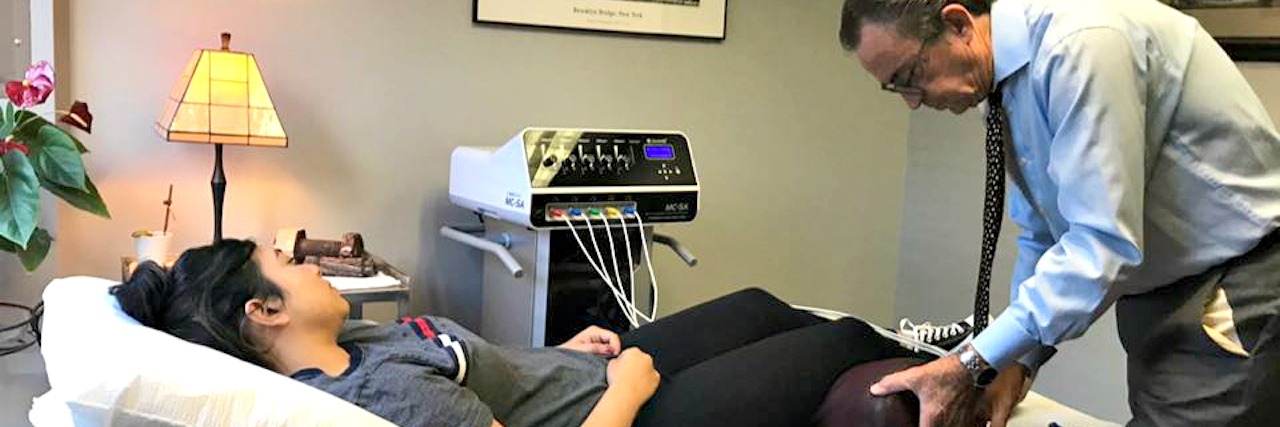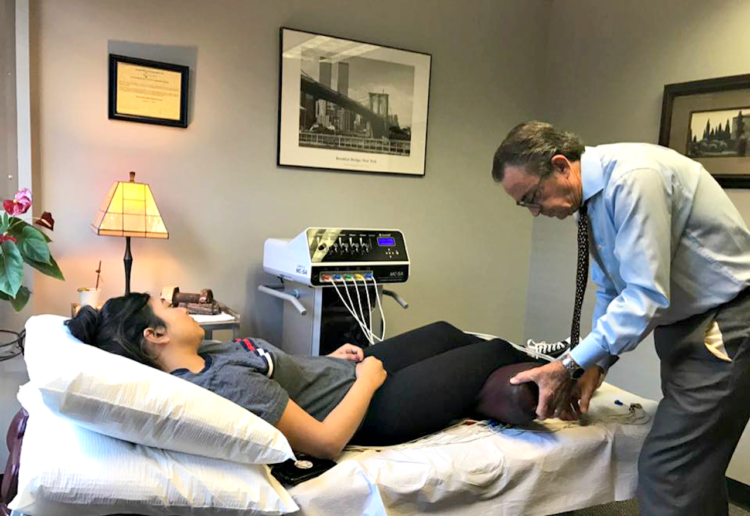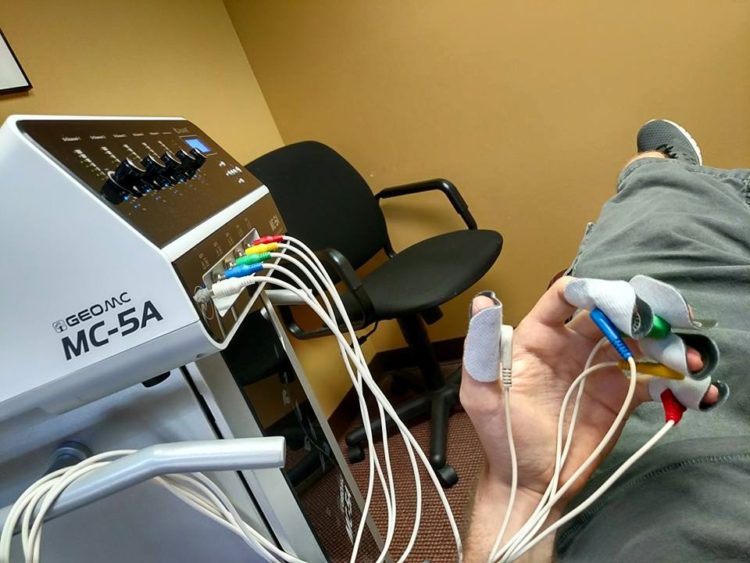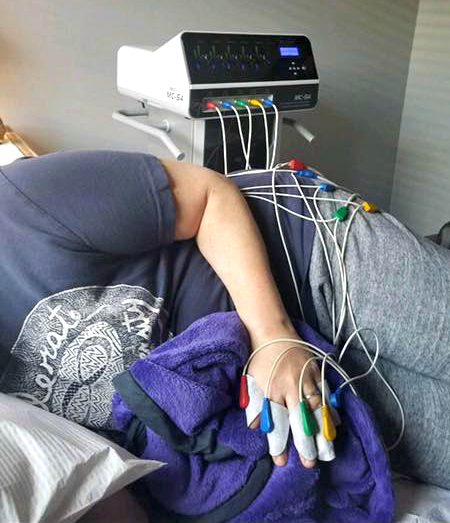As a pain management provider who doesn’t prescribe opioids, I’m delighted to see more attention placed on alternative therapies to relieve or lessen chronic pain.
Earlier this year, Yahoo published an article that predicted “alternative therapies” would top the list of pain management solutions in 2017.
Still, today, most people in pain only turn to these kinds of treatments after traditional therapies and pain medications have failed.
Once you’ve identified the type of treatment you wish to undergo, and you’ve discussed this with your doctor, the next challenge is finding the right doctor to perform the therapy.
Traditional healthcare providers have been slow to adopt alternative medical treatments, although their backs are against the wall today as restrictions on prescribing pain medications grow by the hour. As a result, they may not have recommendations for doctors who perform chiropractic, acupuncture, reiki and nutritional therapy, to name a few.
Therefore, to a large degree, the patient is charged with pursuing alternative methods of pain relief independently through their own research and then finding the right care provider to perform the therapy.
At our clinic, we don’t have the budget for fancy ad campaigns, so we invite our patients to share their treatment experiences through social media or videos that we post (with permission) on YouTube.
My point is that you may have to dig to discover an alternative therapy that meets your specific treatment goals.
Below, I’ve outlined my recommendations on how to conduct your research and make your ultimate decision.
1. Pick your network’s brain.
Connect or expand your connection with online forums or local support groups comprised of people who have your condition. No matter how rare your medical issue may be, if you do a little digging, you can find others who are fighting the same battle. Ask for recommendations or referrals from others. More than 50 percent of our new patients were referred by previous patients.
2. Talk directly with the potential treatment provider.
Call the clinic and speak directly with the doctor who would be directly administering your therapy. Would this be the credentialed professional or an assistant? Has the doctor treated your specific condition successfully on a large number of patients? Is he/she performing a sales pitch or asking about your medical history, previous treatment efforts, medication usage and goal for pain therapy? Find out as much as you can about any potential practitioner, including education, training, licensing and certifications.
3. Speak with the provider’s patients.
Ask alternative medicine providers to put you in touch with other patients – who have the same condition – so you can gauge their feedback and short- and long-term outcomes. We offer this service via our patient volunteers who share their personal therapeutic experiences with future patients from all over the world.
4. Ask upfront about insurance coverage or steps you can take to pursue coverage.
Speak with your medical insurer to determine how you can submit for coverage, either in advance or by post-treatment reimbursement. Ask the healthcare provider for CPT codes which will expedite coverage confirmation. At the clinical level, we are seeing a marked uptick in medical insurers approving more complimentary therapies (as they can be significantly less expensive than more invasive treatments and prescription medications).
5. Know upfront if your current medical doctor will work in tandem with your complimentary medicine provider.
Find out if the practitioner is willing to communicate/partner with your conventional health care providers. For safe, coordinated care, it’s essential for everyone involved in your care to be cooperative. While this may seem obvious, we have interacted with some medical professionals who refuse to discuss any holistic methodologies outside the realm of Western medicine.
Finally, don’t assume the physician currently treating your neuropathy is familiar with the alternative treatment you are considering. Even today, many doctors are often most comfortable with traditional medical treatments and feel uncomfortable when patients seek care outside the confines of their own spectrum of knowledge.
While I respect that position, what is the treatment plan for the patient who has undergone all the traditional medical therapies and is still in pain?
Today, people battling chronic conditions are increasingly reaching out on their own to discover newer treatments to lessen the symptoms of their conditions. They are also far less inclined to just accept stacks of prescriptions to fill expensive, sometimes debilitating medications that don’t lessen the pain, but decrease their quality of life.
If you are frustrated by how you feel, don’t give up hope. Keep reaching out and connecting with others who are fighting the same war. Ask questions. Make phone calls.
I can attest to the fact that complimentary medicine can change people’s lives. I see it every day.
Dr. Michael Cooney is one of seven U.S. certified providers of Calmare Therapy and a doctor of chiropractic in Bergen County, New Jersey.
We want to hear your story. Become a Mighty contributor here.




